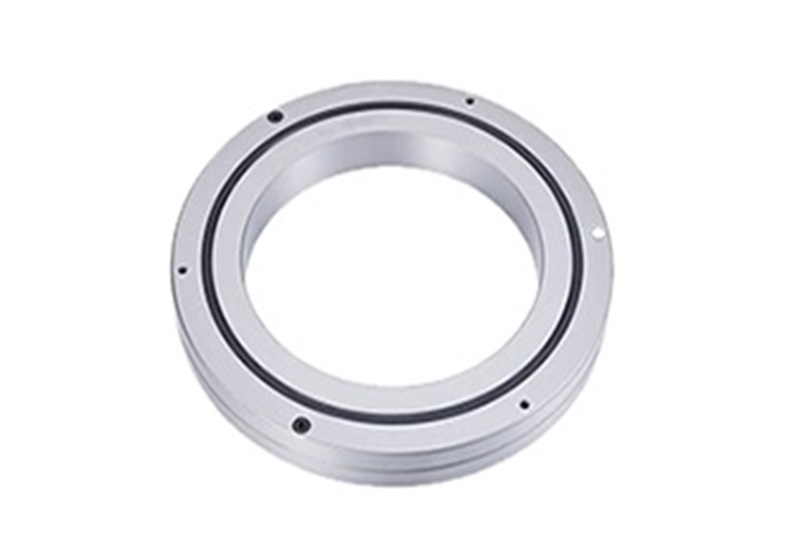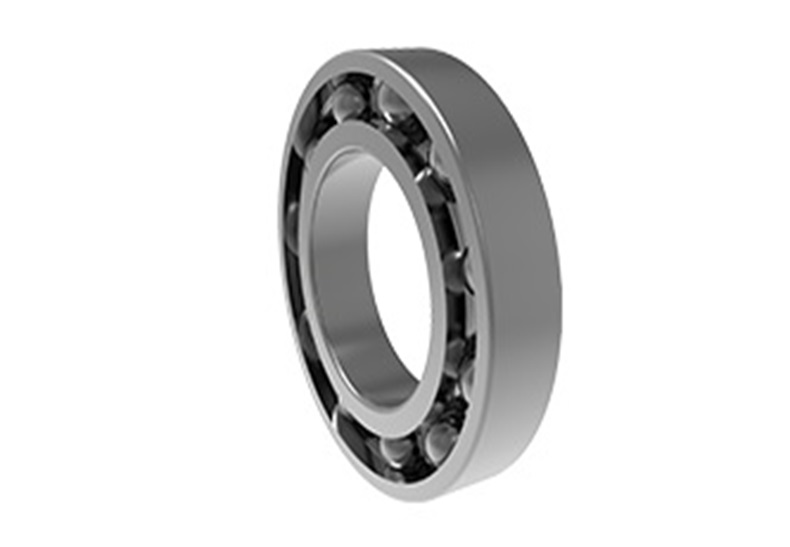Crossed Cylindrical Roller Bearings: The Innovative Cornerstone of Precision Machinery
The crossed cylindrical roller bearing, as a special type of rolling bearing, has become a shining star in the field of precision machinery with its unique design concept and structure. Compared to traditional ball bearings or roller bearings, crossed cylindrical roller bearings have won widespread acclaim for their excellent rigidity, precision, and load-bearing capacity. This article will discuss its design considerations, selection principles, and specific applications, helping you to deeply appreciate the charm of this high-performance bearing.
Design Concept and Structure
The core feature of the crossed cylindrical roller bearing is that the rollers are arranged in a staggered manner, rather than being arranged along the same plane as traditional bearings. This design enables the bearing to achieve high rigidity in a very small space, thereby significantly improving load capacity and rotational precision. Its inner and outer rings are usually designed in a split manner for easy gap adjustment, and even when preloaded, it can still maintain high-precision rotational movement.
Spindle Design Considerations
At the beginning of a new spindle design, before selecting crossed cylindrical roller bearings, it is necessary to first clarify the performance parameters of the spindle, such as speed, precision, rigidity, lifespan, heating, and reliability. These parameters will directly determine the subsequent detailed design direction:
Spindle Speed
Consider the maximum speed limit of the bearing.
Spindle Precision
The requirement for rotational precision influences bearing selection and configuration.
Spindle Rigidity
The ability to resist deformation affects the stiffness requirements of the bearing.
Spindle Lifespan
The expected service life guides lubrication and maintenance strategies.
Spindle Heating
Heat generation and dissipation considerations affect the lubrication method.
Spindle Reliability
Long-term operational stability concerns with the design redundancy.
Spindle Size and Structural Decisions
After clarifying the performance parameters, designers need to consider the actual dimensions of the spindle (shaft diameter, length, bearing spacing) and the type of bearing (ball or cylindrical roller), the number of arrangements, the driving method (belt, gear, built-in motor, etc.), and the lubrication method (grease, oil-air, oil mist, injection, etc.), all of which will determine the final structural form.
Load Characteristics
Axial Load
For applications that bear high axial forces, thrust bearings or thrust angular contact ball bearings are ideal choices. Among them, thrust self-aligning roller bearings and one-way thrust angular contact ball bearings can simultaneously bear axial and radial loads, while other thrust bearings are only limited to bearing axial forces.
Radial Load
Radial bearings such as crossed cylindrical roller bearings mainly absorb radial forces. These bearings have a relatively small nominal contact angle and are specially designed for radial loads.
The introduction of crossed cylindrical roller bearings greatly expands the possibilities of precision machinery design. Whether in high-end CNC machine tools, robotic joints, or aerospace instruments, their high rigidity and high precision characteristics are indispensable. Choosing crossed cylindrical roller bearings means choosing higher performance standards and broader innovation space. On the road to the future development of precision machinery, crossed cylindrical roller bearings will continue to play a core role, leading the trend of technological innovation in the industry.














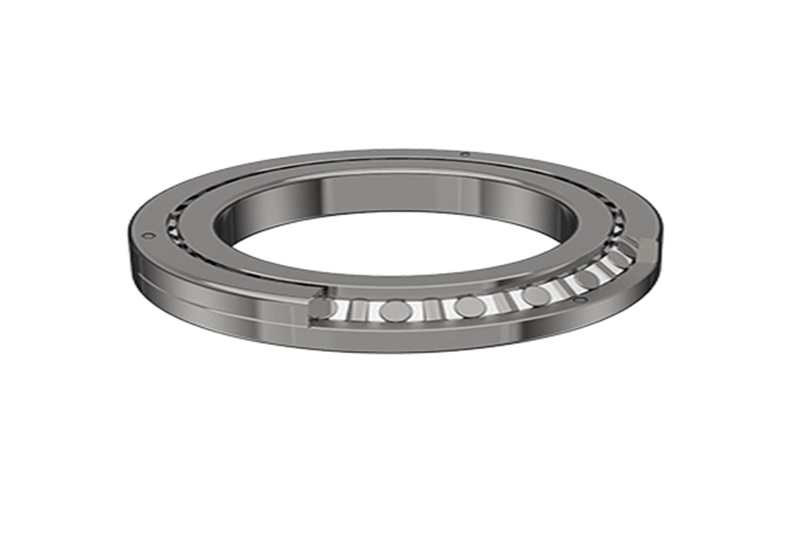
 English
English  français
français  Deutsch
Deutsch  italiano
italiano 


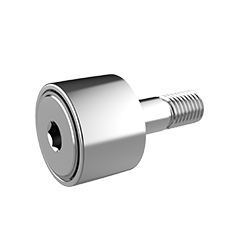
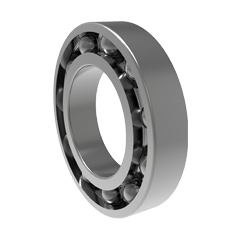
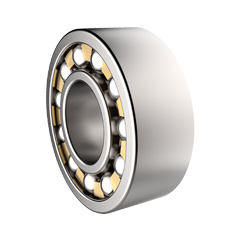
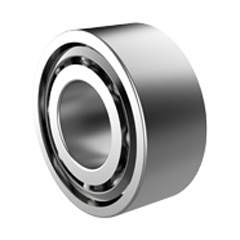
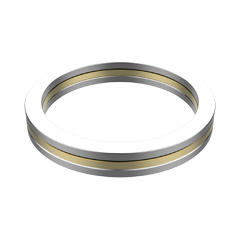
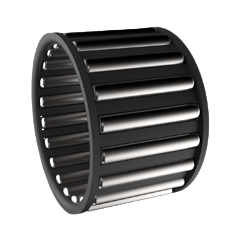
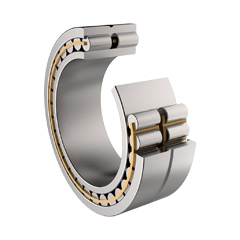
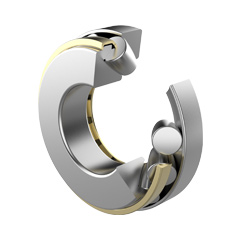
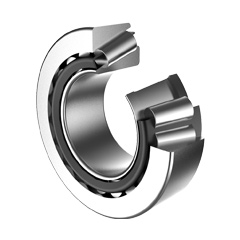
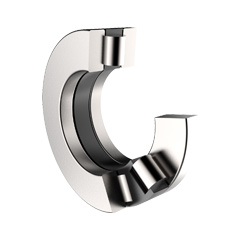
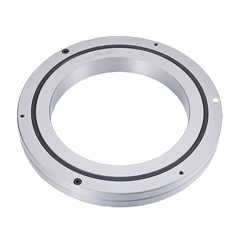
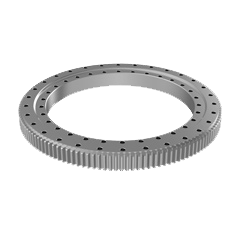
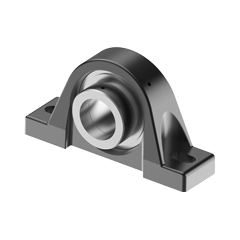
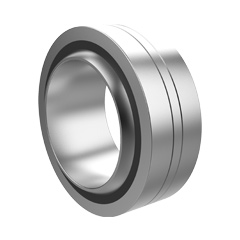

 English
English  français
français  Deutsch
Deutsch  italiano
italiano 


